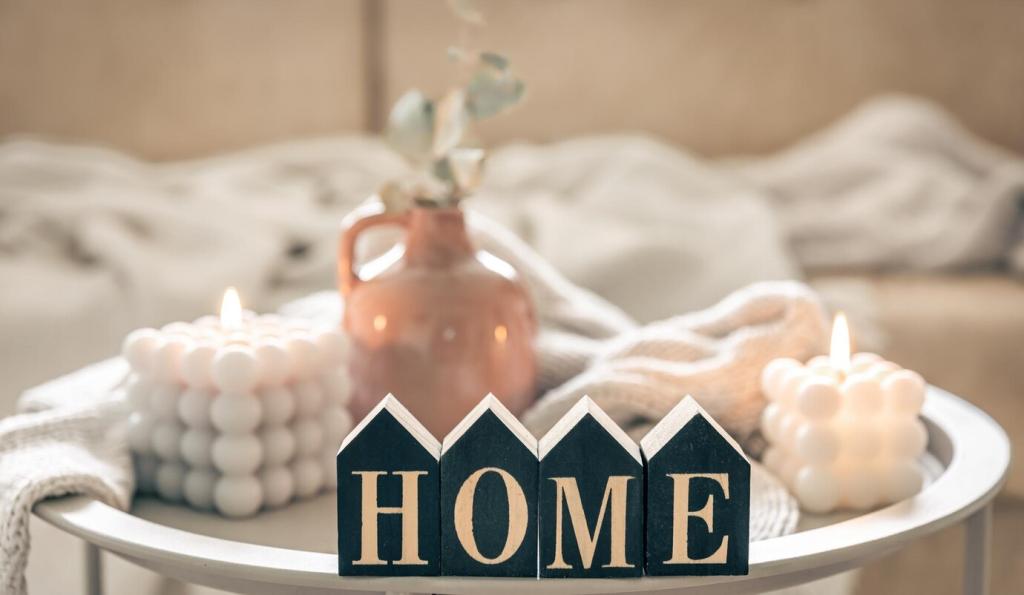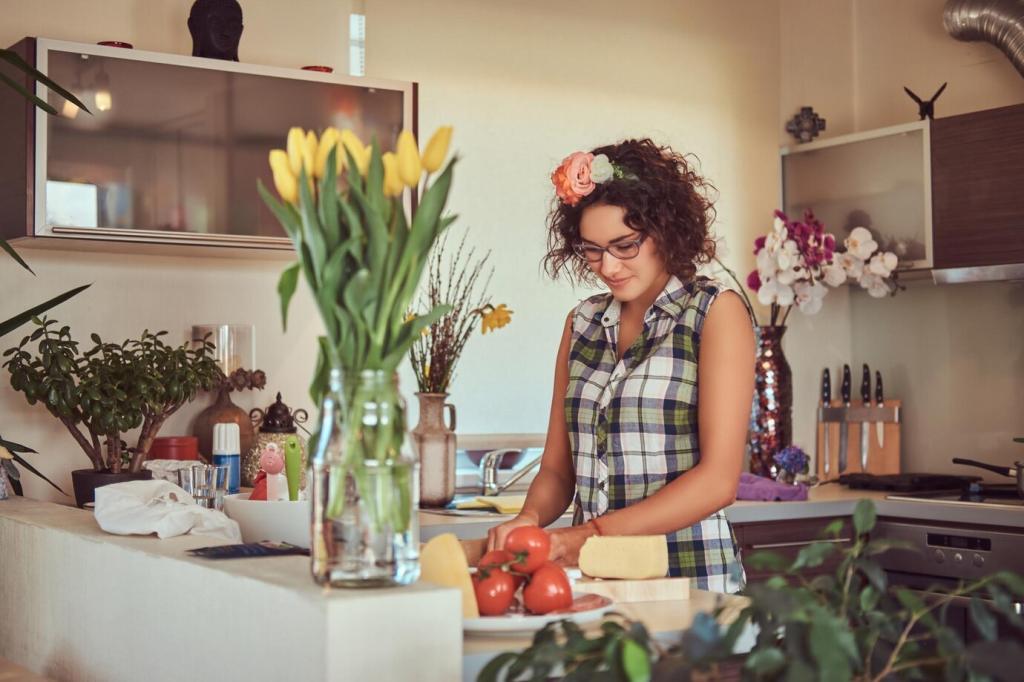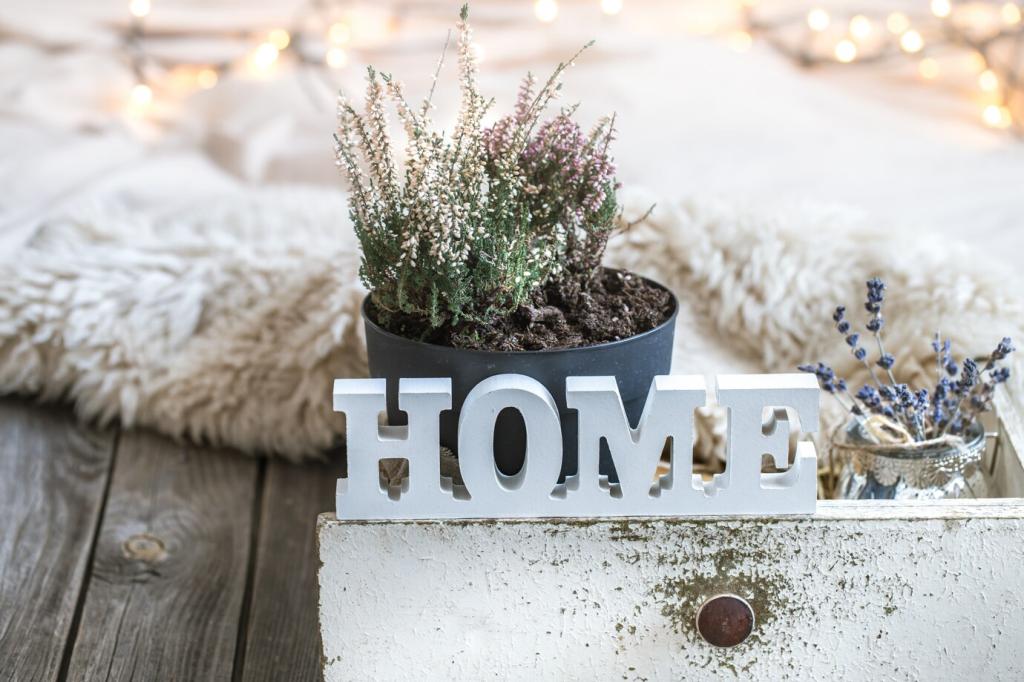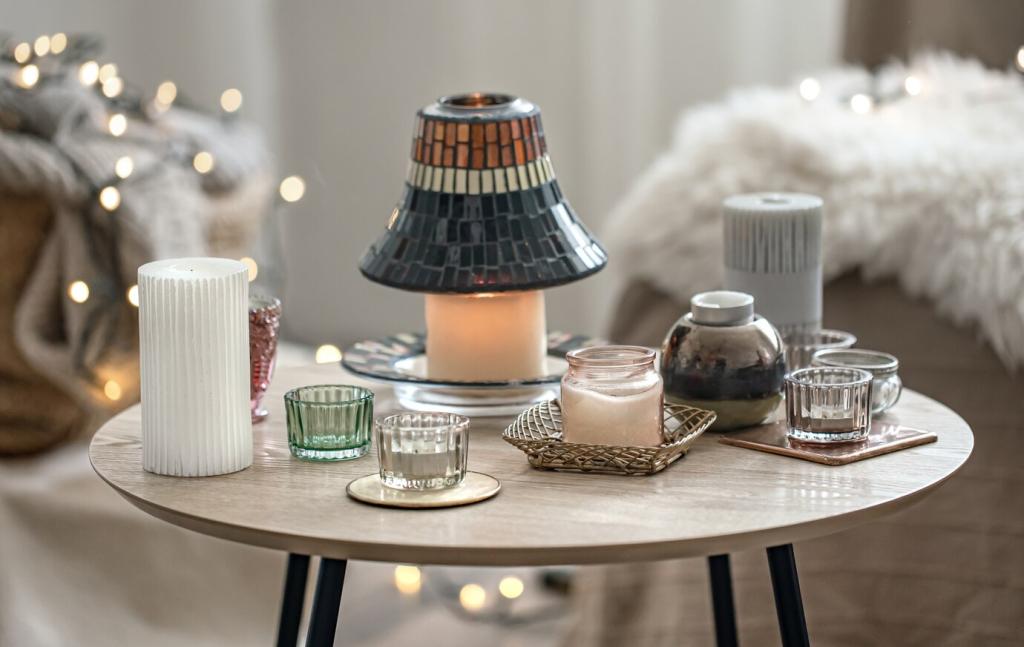Maintenance, Mobility, and Longevity
Add pads under legs to move items effortlessly and protect floors. Easier movement means you can test fresh layouts without heavy lifting or professional help, preventing impulse purchases when a simple rearrangement would have solved the problem cheaply.
Maintenance, Mobility, and Longevity
Consider modular shelves or sofas that expand as needs change. Start small, then add pieces when budgets allow. This incremental approach avoids big splurges and ensures your arrangement adapts gracefully to new roommates, hobbies, or work-from-home realities.






